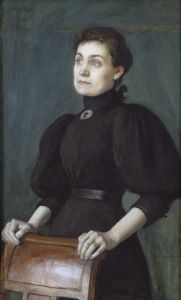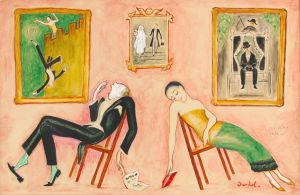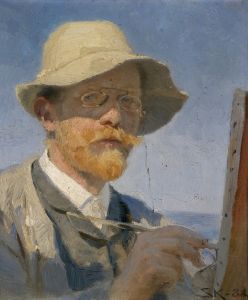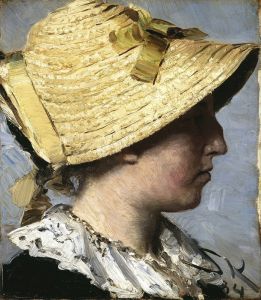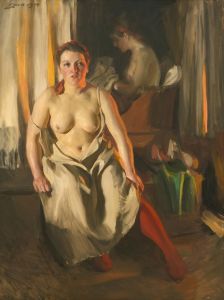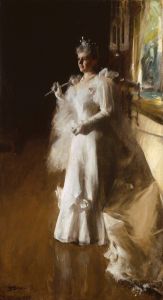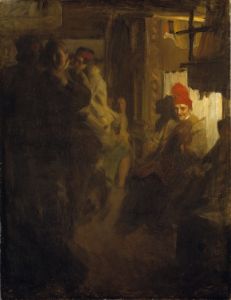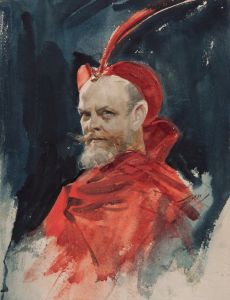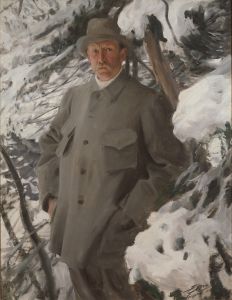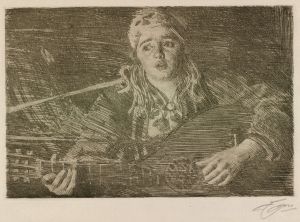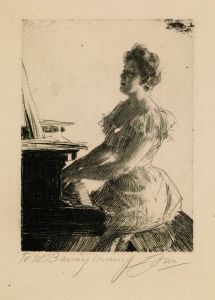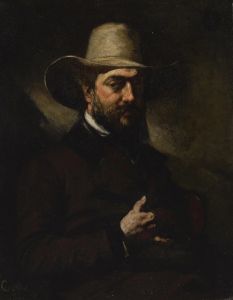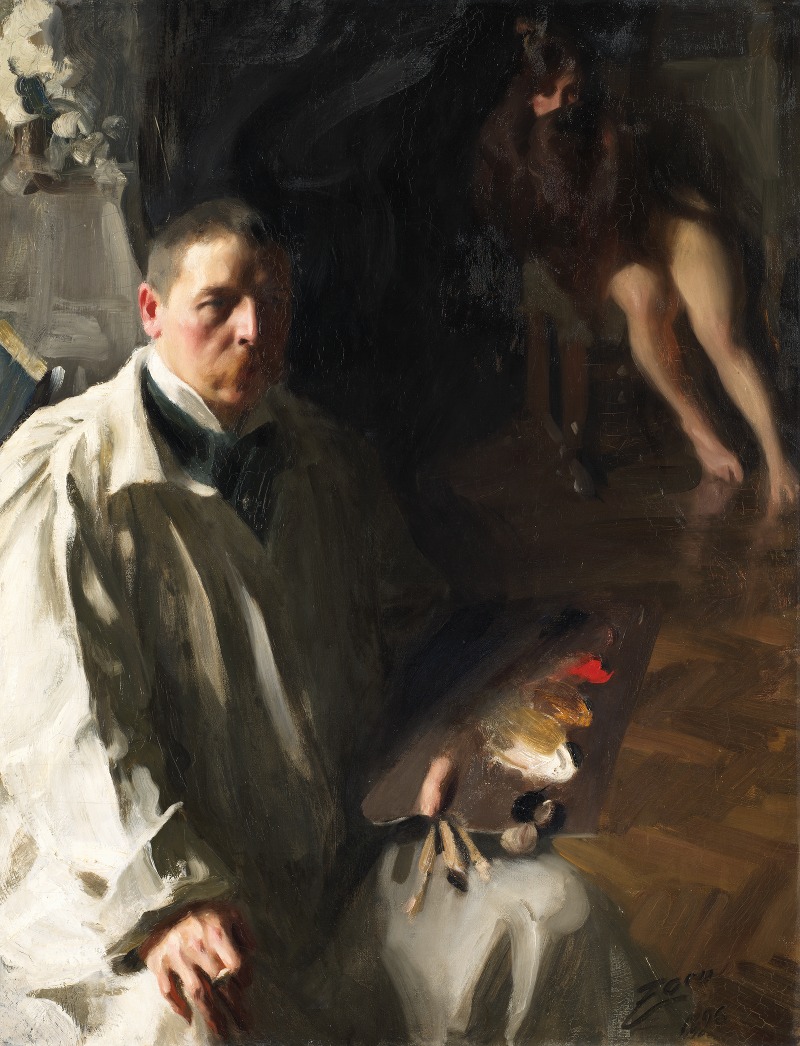
Self-portrait
A hand-painted replica of Anders Zorn’s masterpiece Self-portrait, meticulously crafted by professional artists to capture the true essence of the original. Each piece is created with museum-quality canvas and rare mineral pigments, carefully painted by experienced artists with delicate brushstrokes and rich, layered colors to perfectly recreate the texture of the original artwork. Unlike machine-printed reproductions, this hand-painted version brings the painting to life, infused with the artist’s emotions and skill in every stroke. Whether for personal collection or home decoration, it instantly elevates the artistic atmosphere of any space.
Anders Zorn, a prominent Swedish artist known for his masterful technique and vibrant depictions, created several self-portraits throughout his career, each reflecting his evolving style and personal insights. Zorn was born on February 18, 1860, in Mora, Sweden, and became one of the most acclaimed artists of his time, celebrated for his portraits, genre scenes, and nudes. His self-portraits offer a glimpse into his artistic journey and personal identity.
Zorn's self-portraits are notable for their technical brilliance and the way they capture the artist's character and presence. He often employed a loose brushwork style, which became a hallmark of his work, allowing him to convey a sense of immediacy and vitality. This technique is evident in his self-portraits, where he skillfully balances detail with a broader, more impressionistic approach.
One of Zorn's most famous self-portraits is housed in the Nationalmuseum in Stockholm. Painted in 1896, this work exemplifies his mature style, characterized by a confident use of light and shadow. In this self-portrait, Zorn presents himself with a direct gaze, engaging the viewer with a sense of self-assuredness. The composition is both intimate and commanding, reflecting his status as a successful and respected artist.
Zorn's choice of attire in his self-portraits often reflects his professional identity. In many of these works, he is depicted wearing formal clothing, which underscores his position within the art world and society. This attention to detail in his attire also highlights his interest in fashion and the cultural milieu of his time.
Throughout his career, Zorn traveled extensively, which influenced his artistic development and the subjects of his work. His exposure to different cultures and artistic movements is subtly reflected in his self-portraits, where one can observe a blend of traditional Swedish elements with broader European influences. Despite his international success, Zorn maintained a strong connection to his Swedish roots, often returning to his hometown of Mora, which remained a source of inspiration throughout his life.
Zorn's self-portraits are not only a testament to his technical prowess but also provide insight into his personality and the era in which he lived. They reveal a man who was both introspective and outward-looking, confident in his abilities yet continually seeking to push the boundaries of his art. His self-portraits remain an integral part of his legacy, offering viewers a personal encounter with one of Sweden's most celebrated artists.
Anders Zorn passed away on August 22, 1920, but his work continues to be celebrated for its contribution to the art world. His self-portraits, in particular, stand as enduring symbols of his artistic vision and personal identity, capturing the essence of a man who was both a product of his time and a timeless figure in the history of art.





